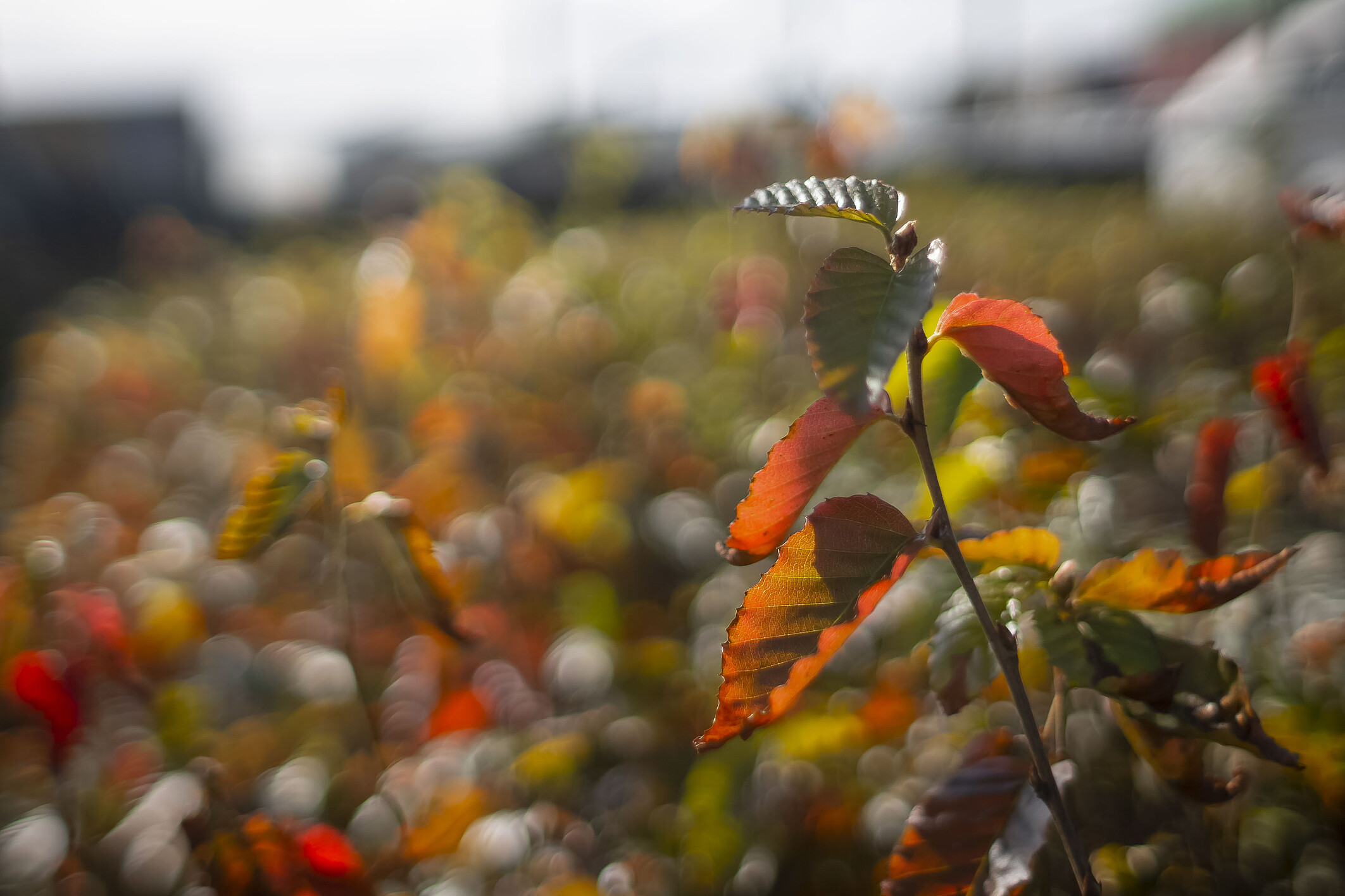Conserving biodiversity in a changing world: The crucial role of botanical gardens

Amid growing concerns about the loss of biodiversity and the effects of climate change on our planet's ecosystems, ex situ conservation is emerging as a fundamental tool in the conservation of endangered species. And it is in this context that botanical gardens and arboreta take on even greater relevance, not only as spaces for recreation and education, but also as vital refuges for endangered flora.
The Universidad de Concepción (UdeC), through its Campus Naturaleza project, will dedicate six hectares to the creation of the first collection of three species of Nothofagus threatened in South America: the ruil (N. alessandrii), the hualo (N. glauca) and the Santiago oak (N. macrocarpa). This initiative, which is born from a deep vocation for the conservation of biodiversity and a commitment to sustainable development, represents a significant step towards the protection of these emblematic species.
The genus Nothofagus, commonly known as "oak", is made up of 37 species distributed discontinuously in the southern hemisphere. These species form large areas of forest, ranging from sea level to 4,000 m above sea level in temperate and tropical environments. In Latin America, Nothofagus forests grow only in southern Chile and Argentina. Of the 10 species of Nothofagus that exist in South America, three species are threatened and are only found in Chile.
Despite their cultural, social, economic, aesthetic, scientific and ecological value, these species face multiple threats, including deforestation due to land use change, habitat fragmentation and climate change. Given this challenging scenario, the creation of a space dedicated to their conservation, outside their natural distribution, not only ensures their survival in a controlled environment, but also provides a genetic bank for future research and reintroduction programs in the wild.
Ex situ conservation seeks to complement in situ conservation and ecological restoration efforts. Importantly, ex situ conservation is not intended to replace in situ conservation efforts, i.e. the protection of species in their natural habitat. Rather, it complements these actions by offering additional insurance against extinction and providing the opportunity to study and better understand the needs and behavior of species in a controlled environment.
The future botanical garden within the UdeC Campus Naturaleza will not only be a space for contemplation and natural beauty, but also a space for research and education dedicated to the conservation of biodiversity. Through outreach programs and collaboration with other institutions and communities, we seek to foster environmental awareness and promote the protection of our natural heritage.
In conclusion, ex situ conservation plays a crucial role in preserving endangered species in a changing world. Botanical gardens, with their capacity to house and care for endangered species that may not survive climate change, serve as refuges. Our University's initiative to dedicate a space for the conservation of Nothofagus is an example of its commitment to biodiversity and a legacy for future generations.
Dr. Cristian Echeverría Leal
Director of the Campus Nature Project
University of Concepcion


